5 Easy Summer Fruits To Grow
There is nothing quite like harvesting your very own fruit during the height of summer. When temperatures are at their peak, being able to pick and taste fresh fruit is extremely satisfying and refreshing.
Not all fruits are ready during the summer months, however, so this list provides you with 5 easy summer fruits to grow. They are not only easy to plant but simple to maintain too.
You can plant these fruits knowing you’ll be able to harvest them during the summer and with a good harvest, have enough to be able to store for Autumn too.
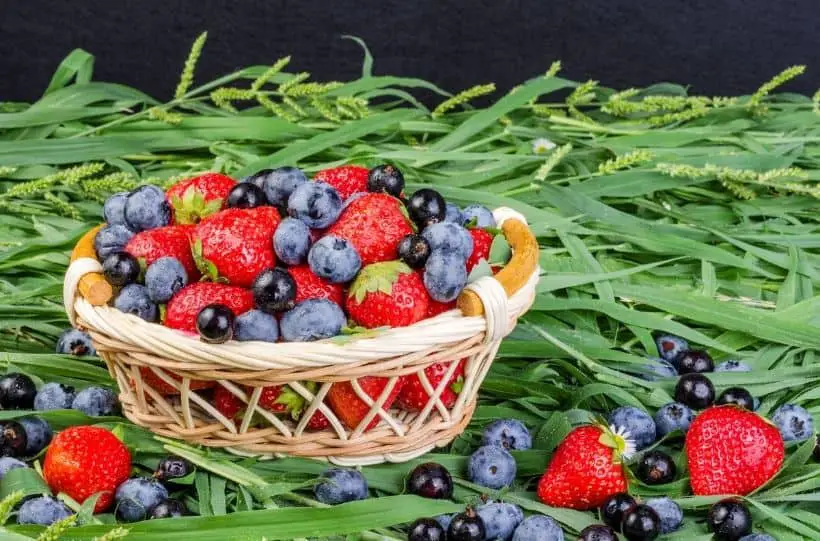
5 Easy Summer Fruits To Grow
Watermelon
Though watermelon might seem like a difficult summer fruit to grow, with the right conditions it can be relatively easy.
One thing to know about growing watermelons is that they do not like cold weather. Before planting watermelons from seeds, ensure the last frost has finished and the ground is at least 70 degrees Fahrenheit. Most gardeners wait 2-3 weeks after the last frost before planting their watermelon seeds.
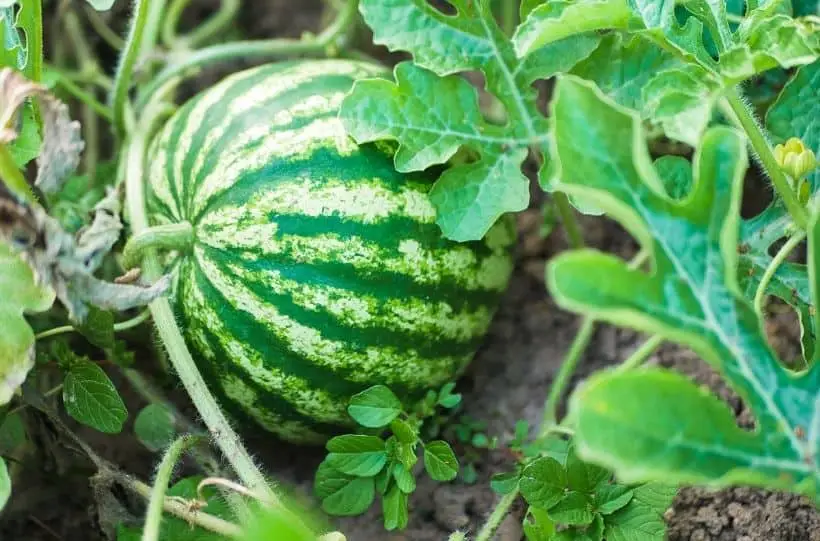
If you live in an area with cooler temperatures, it is recommended to start your seeds indoors. They can then be carefully transferred outside after they have begun sprouting and show the first leaves.
To help grow watermelons in cooler climates, you can use a polytunnel or cold frame to increase temperatures.
Once planted, watermelons will need 80-90 days until they grow into a full-sized watermelon. They should be ready to harvest at the peak of summer.
A top tip for growing watermelons successfully is to remember that they are big feeders. Ensure your soil is full of nutrients and offer fertilizers once a week. To help reduce nutrient loss, make sure to add 1-2 inches of mulch around your watermelon plants.
Strawberries
Strawberries are the classic go-to fruit for all gardeners due to being such an easy summer fruit to grow, not to mention delicious!
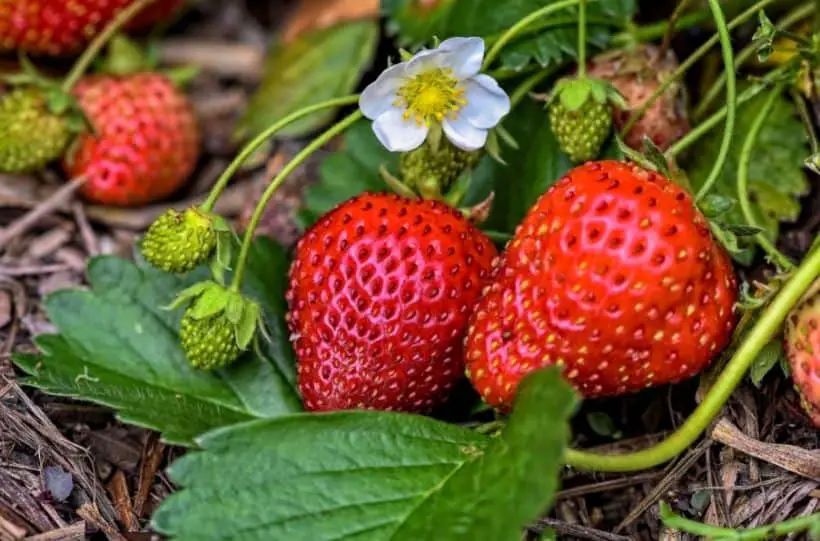
They are best planted after the last frost between March and April. The ground is softer and temperatures warmer. Even so, it can still be relatively early to plant them directly outdoors from seeds.
Instead, grow them indoors within a growing tray from seed. Allow them time to grow into saplings before moving them into a larger pot or area of ground soil outdoors.
Strawberries need to be watered regularly as they can dry out in the hot summer sun. Ensure to water them directly around the roots to avoid getting the foliage wet as this can lead to fungus diseases.
Once your strawberries have been planted outside, they will take around three months until they bear fruit.
Blueberries
A berry that only just makes the cut for this post, blueberries begin to be ready for harvest from mid-summer, around July.
Blueberries are best planted during the cooler months in a sheltered area away from strong winds but so they still have access to sunlight.
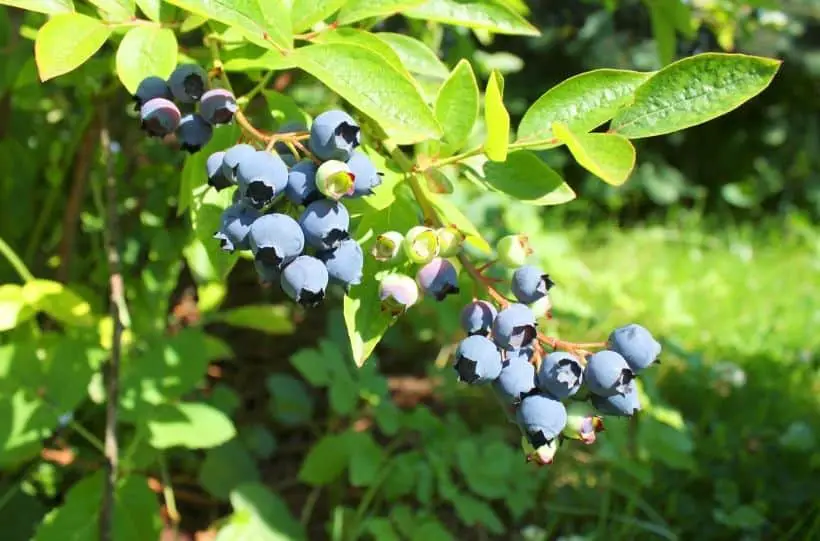
During the growing season, they require fertilizer every month to help offer much-needed nutrients. They also need regular watering to ensure the soil remains moist at all times.
One thing to note about blueberries is that they require acidic soil, which is usually much more acidic than other fruits prefer.
Growing blueberries may require a separate area away from your other fruits in your garden to allow for the different soil needs, but also space for your blueberry bush to grow. Make sure to check what the best companion plants are for blueberries when planning where to plant them.
As your blueberries do not ripen all at the same time, it is best to check them several times a week for any new ripened fruits from July onwards.
Apples
Apples might not be your first go-to choice when it comes to easy summer fruits to grow. This is because it can take anywhere from 2-10 years, depending upon the variety, from planting until your tree produces apples.
However, once planted, they are very easy to maintain and grow when given the right conditions.
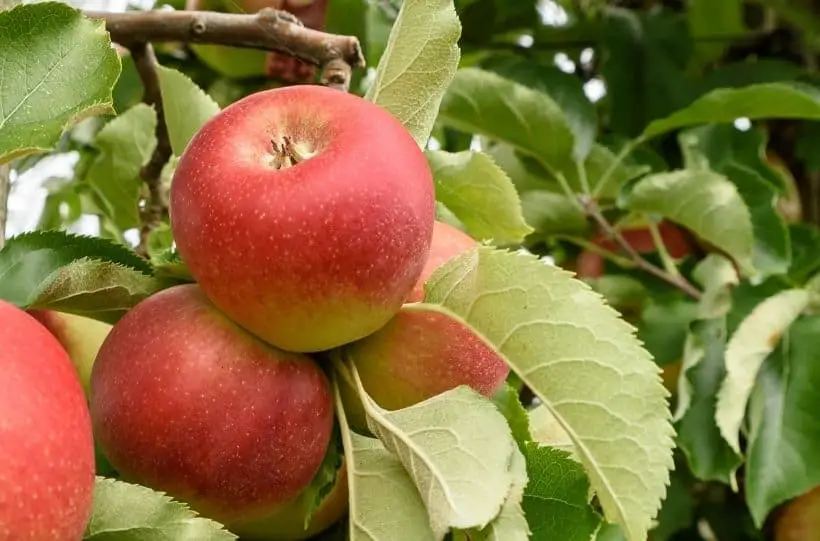
Apples need lots of sunlight and excellent drainage. When considering space to plant your apple tree, ensure it has access to full sunlight. There needs to be room around your tree for it to grow upwards and outwards.
They need planting earlier in the year, between January and March. The soil requires breaking up to help improve drainage and a hole should be dug only as deep as your apple tree’s roots.
Over its lifetime, your apple tree requires watering with around an inch of water each week, perhaps twice a week during the peak summer months.
After your apple tree is established, it will start producing fruit. Depending upon the variety of apple trees, your fruit is ready to be harvested from late summer throughout early Autumn.
Apricots
The soft, sweet taste of fresh apricots is hard to beat. Though you might think that apricots are surely only grown in hot climates, they have now been cultivated to be grown in cooler temperatures.
To start your apricot tree at home, it is best to start with a rootstock from your local garden center.
Apricot trees are best planted between November and March. Apricot trees need a sheltered area with access to sunlight and well-drained soil. If you live in a colder climate, they are best grown in a greenhouse initially.
Unlike the other summer fruits mentioned in this post, apricot trees do require some additional pollination support once they flower. Although they are self-fertile, they bloom very early in spring when there aren’t as many pollinators. Using a delicate tool e.g. the end of a paintbrush or cotton-wool bud, you can transfer the pollen from the male flowers to the female flowers.
Although apricot trees can take 2-4 years until they produce fruit, once they do, you will be able to harvest apricots throughout July and August each year. The extra initial effort up front is worth it as apricot trees can live at least 40 years.

These 5 easy summer fruits are not only easy to grow but are perennial. This means that after the initial effort of starting them from seed or rootstock, they will continue to produce fruit every summer for years to come.
Each fruit doesn’t require much maintenance. With regular watering throughout the year and fertilizer during the growing season, your fruit plants will flourish and produce an excellent harvest.
And check out these guides to help you when growing lots of these delicious fruits:

